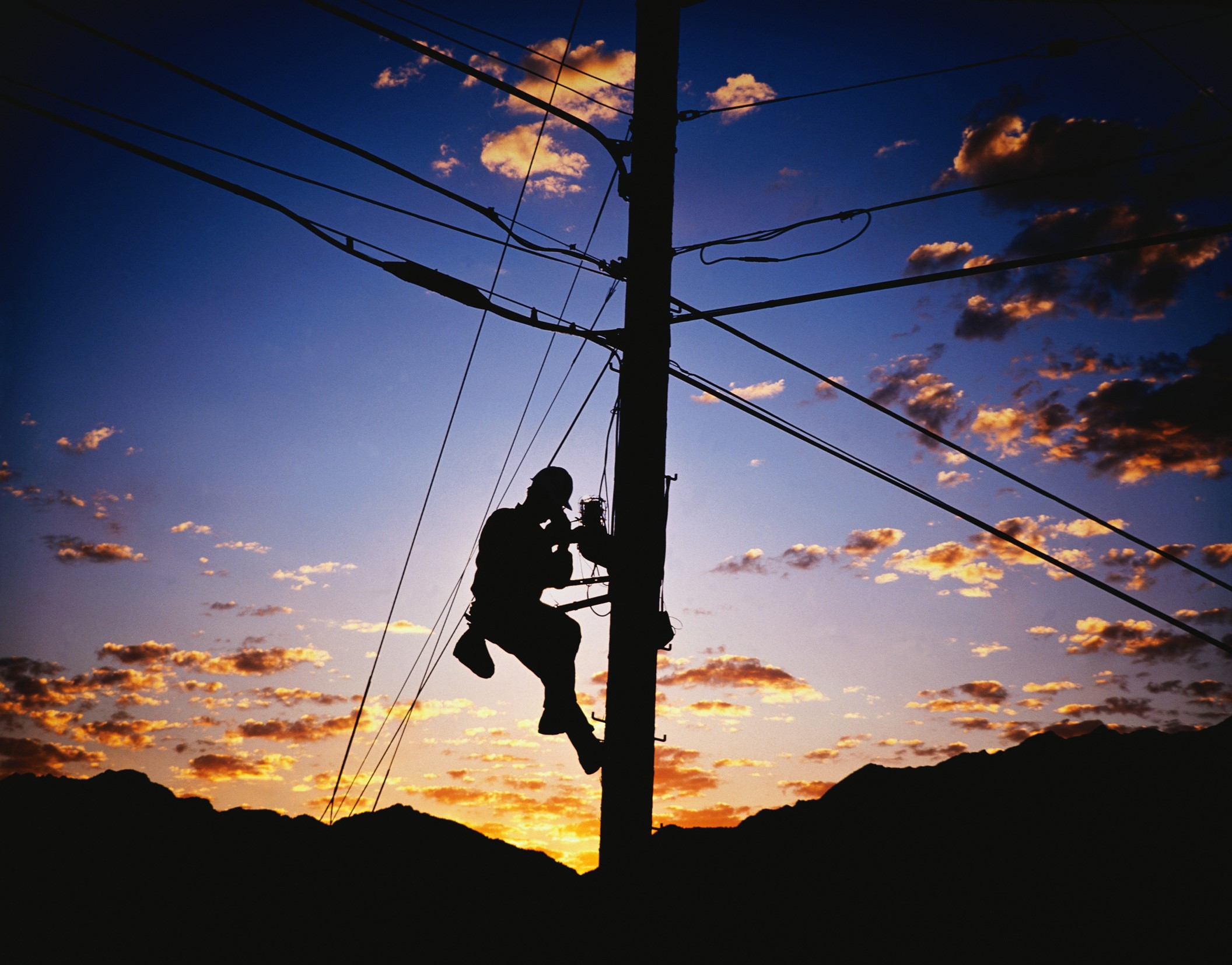You may have seen CommScope’s announcement made January 31 regarding our breaking the record for transmitting 100Gbps of data over OM4 fiber at Cisco Live! in London. We were proud to set the industry mark—as we announced publicly—through our initial attempt at the show, an impressive result of 100Gbps transmitted over 430 meters of multimode fiber with four connections and zero recorded errors! This beat a record we set during the previous Cisco Live!, when we achieved 340 meters.
But here is a news flash—we didn’t stop there! Also at the show, live from our stand, we reached 472 meters. It was a mark many people did not think was possible; however, this year we did not stop at 472. We decided to really push the limits by adding an additional 150 meters and two connections. We achieved further success with the transmission of 100Gbps Ethernet at approximately 625 meters of multimode fiber optic cable with six connections—zero recorded errors!
Wow! Our set up included Ixia hardware loaded with 100Gbps transceivers supplied to us by Reflex. CommScope’s hardware consisted of LazrSpeed® 550 SYSTIMAX® InstaPATCH® 360 OM4 fiber optic cable terminated with MPO connectors into a rack mounted patch panel. These incredible results show that, with the right equipment, performance far beyond that expected and stated within the standards can be achieved.
Why is this important and how does it impact you and the industry? As you know, the ever increasing demand for bandwidth and faster data transmission speeds is driving the manufacturers of active components to produce devices that are capable of incredible performance.
In data centers, 1 and 10Gbps is no longer unusual; it is the norm, and the 32Gbps fiber channel 40 and 100Gbps Ethernet, and 32Gbps fiber channel, is already being planned. This introduces challenges that the physical connectivity infrastructure has not previously experienced. Suddenly, the 300-meter limit for 10Gbps Ethernet over OM3 multimode fiber that we have all been allowing for (and is more than adequate for all, but the very largest of facilities) is slashed in three when we see the standards set for a 100-meter limit for 40 and 100Gbps.
There are ways of dealing with these challenges; the most obvious is a migration to single-mode fiber; however, this has considerable cost disadvantages. NIC cards with lasers suitable for single-mode fiber transmission are more expensive to buy and run because of their higher power draw and directly related cooling costs.
The development of OM4 multimode fiber has brought about some relief, but even with this, the relevant IEEE and ISO standards state a maximum distance of 150 meters (and that’s with just two connections in the cabling channel).
CommScope will guarantee performance up to 30 percent beyond the limits of the standards with our LazrSpeed300 and 550 (OM3 and OM4).
What we achieved at Cisco Live! this year demonstrates that our customers will not have to re-engineer their networks or deploy new cable when they eventually evolve to 100G, proving the value high-performance cabling infrastructure can bring. This technology is proven and is ready for deployment in today’s data centers.
Are you ready to evolve?







